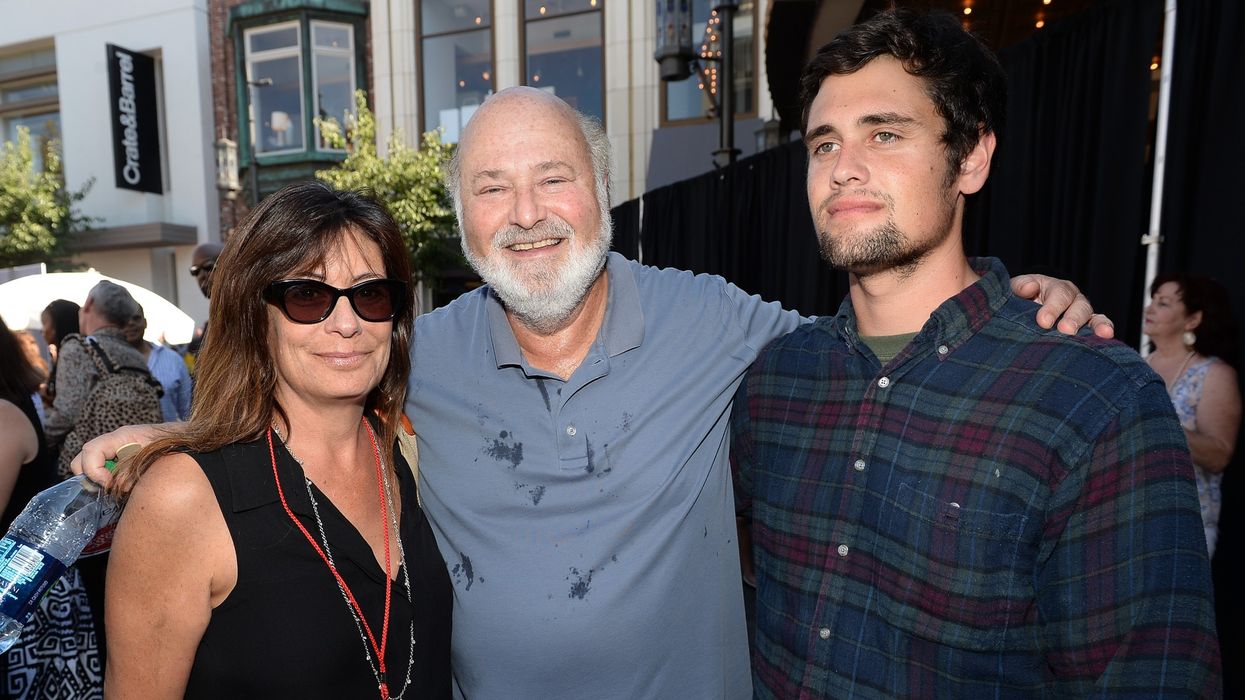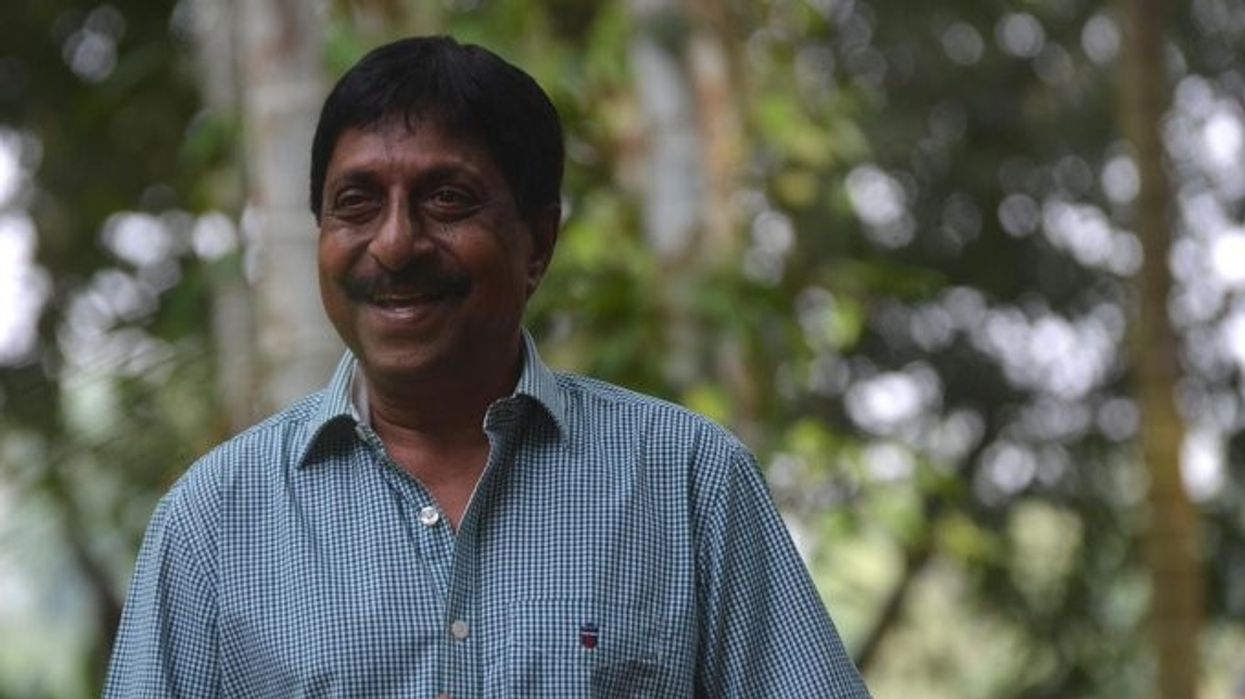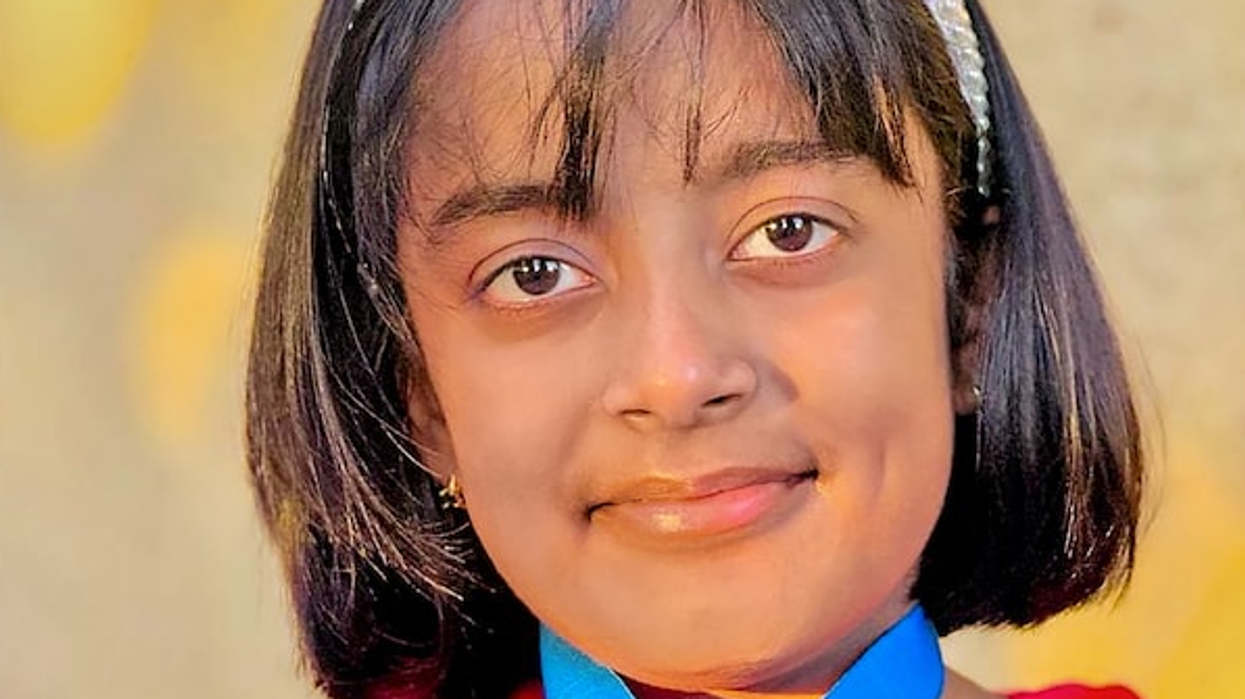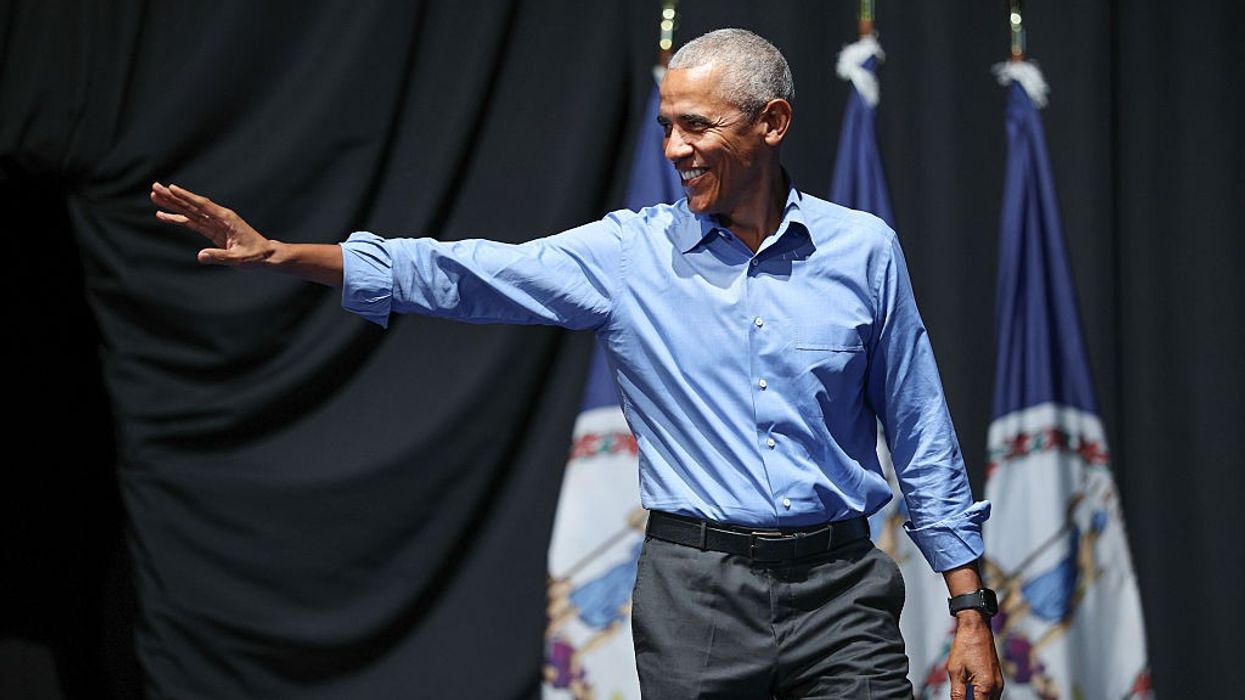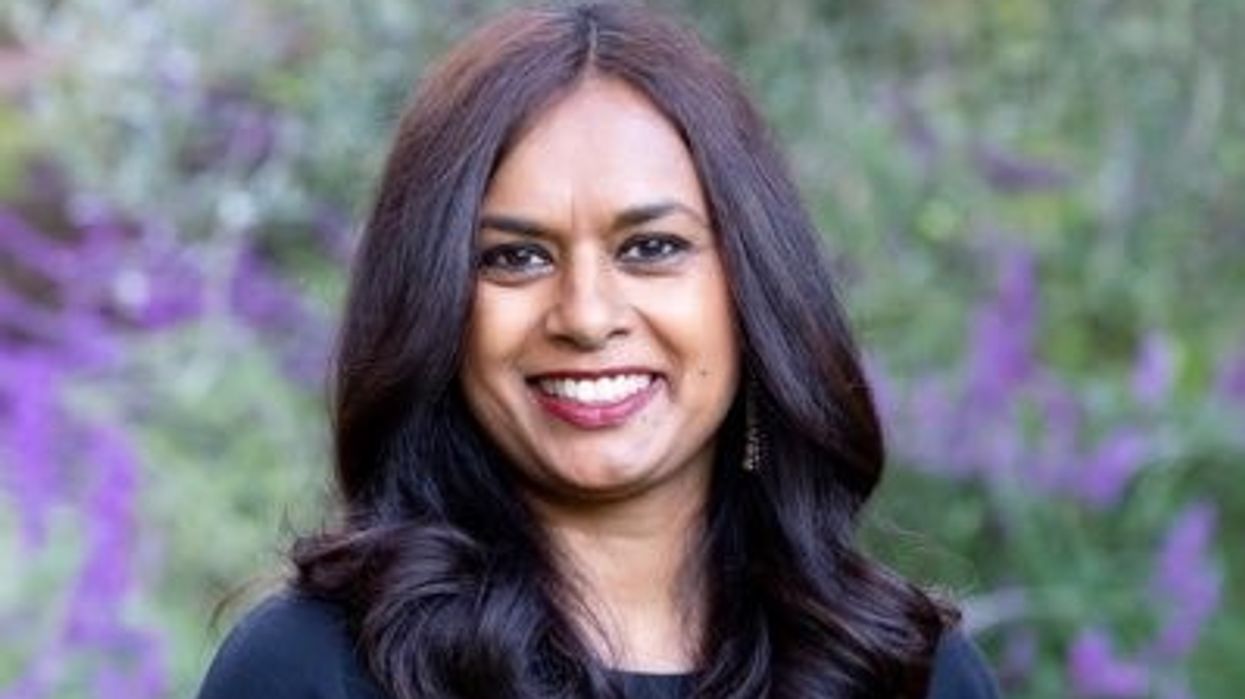MORE needs to be done to tackle barriers stopping south Asians attending eye screenings that prevent diabetic-related blindness, according to researchers.
People from south Asian communities are known to be up to six times more likely to have type 2 diabetes than the general population.
Diabetic retinopathy is a complication of diabetes, caused by high blood sugar levels damaging the back of the eye (retina). It can cause blindness – if left undiagnosed and untreated.
A report by the Royal National Institute of Blind people found that in 2014, the prevalence of diabetic retinopathy was 54.6 per cent in people living with type 1 diabetes and 30 per cent in people with type 2 diabetes.
South Asian people are 54 per cent more likely to develop sight-threatening diabetic eye disease than white people, according to a recent study by St George’s University of London.
Speaking at the National Diabetic Eye Screening Conference 2024 on April 19, Jayshree Vasani, eye care professional, eye clinic liaison officer (ECLO) and founding member, BAME Vision Group, said it was crucial that all communities know of the importance of diabetic eye screenings.
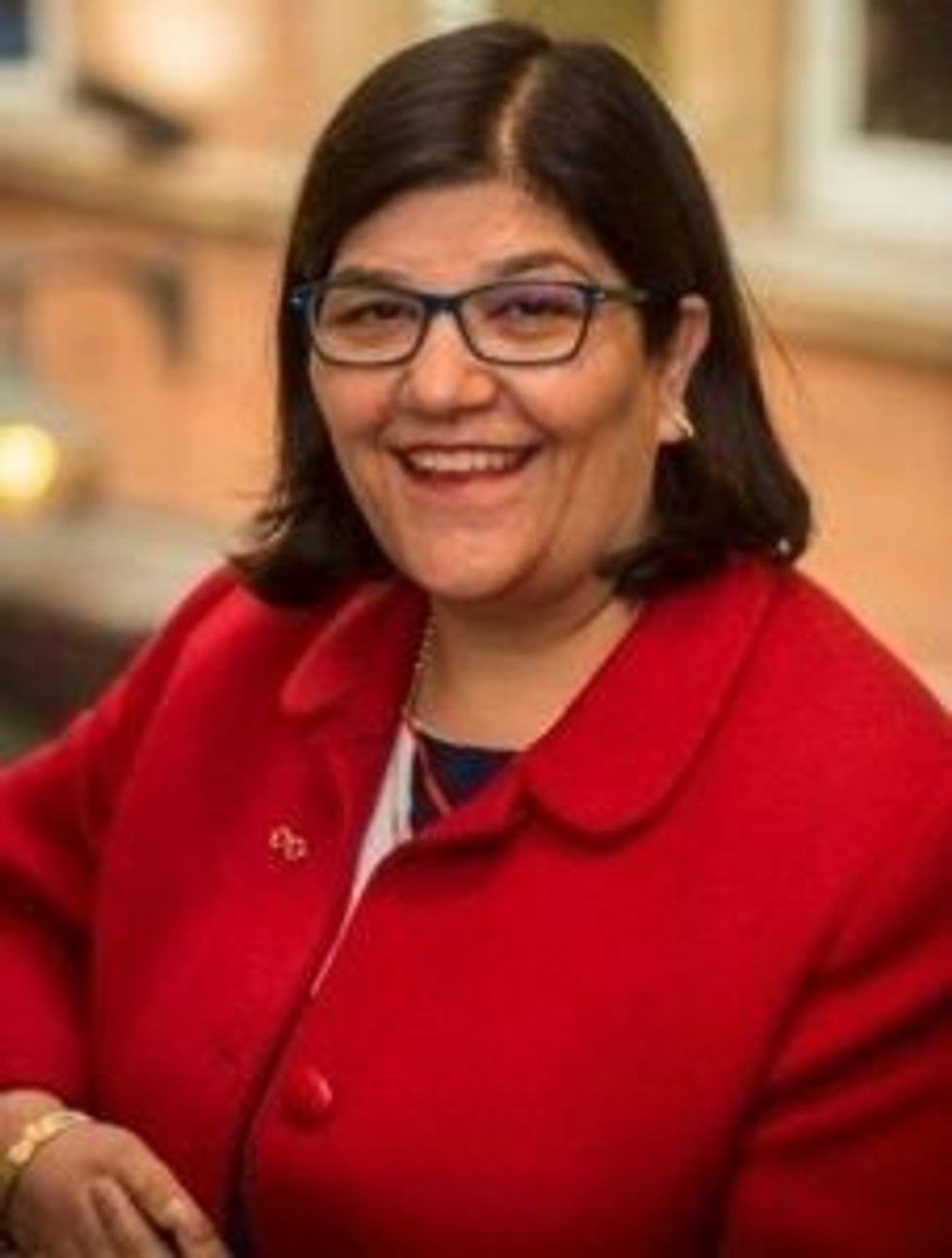
“The important message is that early detection and intervention means preventable sight loss,” said Vasani.
“What stops people from going for an eye examination? Because that’s our first line of defence – that’s what we need to be looking at.”
The NHS announced in October that people living with diabetes in England who have a lower risk of developing diabetic retinopathy will now be invited to receive NHS diabetic eye screenings every two years, instead of every year.
To ascertain the impact this could potentially have, researchers at St George’s, University of London analysed one of the largest and most ethnically diverse diabetic screening programmes in northeast London.
The team tracked the eye health of 82,782 people with diabetes, but with no diabetic eye disease in either eye on two previous consecutive screens between 2012 and 2021.
Over a third of patients were of white (36 per cent) or of south Asian (37 per cent) ethnicities, and 16 per cent were black.
During this period, 1,788 new cases of moderate to severe (sight threatening) diabetic eye disease were picked up in people regarded as being at low risk.
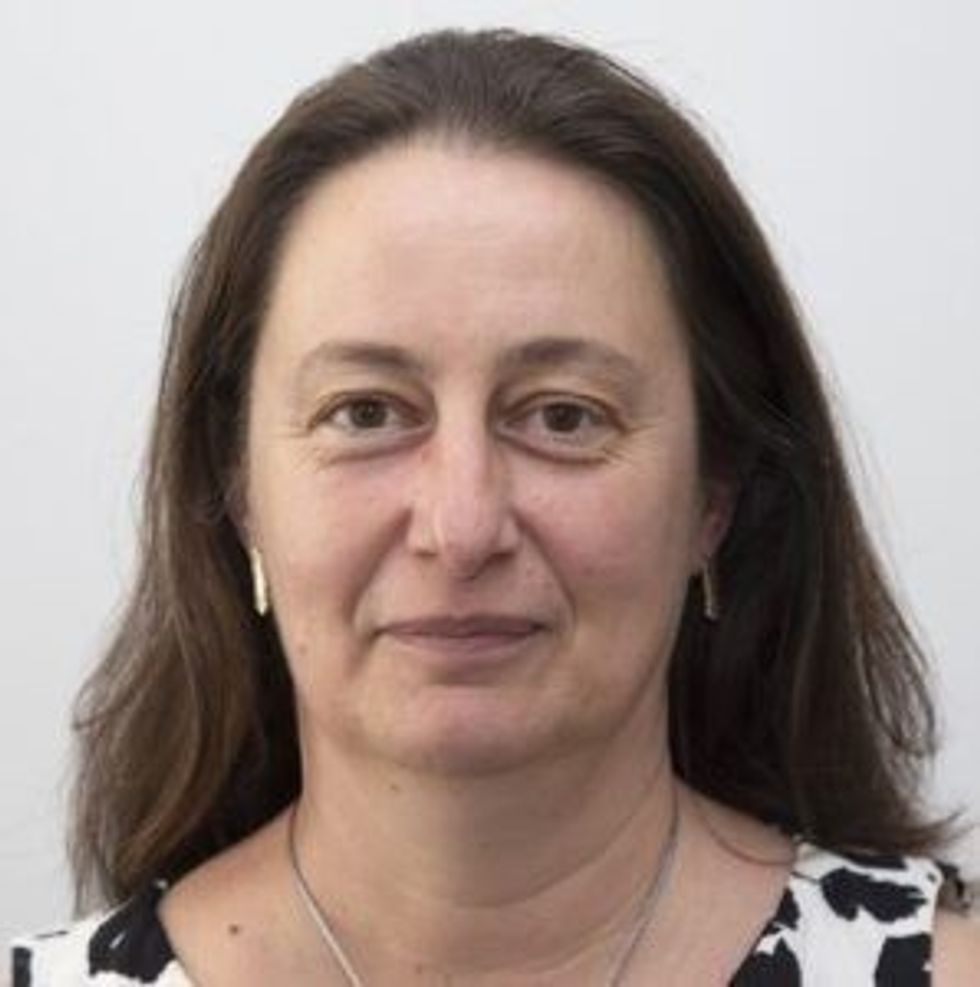
Men had lower rates of sight threatening diabetic eye disease than women, and those with type 1 diabetes had higher rates than people with type 2 diabetes.
However, striking ethnic differences emerged over time.
Case rates were significantly higher among black people, who were 121 per cent more likely to develop sight threatening diabetic eye disease than white people, while south Asians were 54 per cent more likely to do so.
Based on these figures, researchers said extending the annual eye check to two years, would have delayed diagnosis by 12 months in more than half (56.5 per cent) of those with sight threatening disease and in nearly half (44 per cent) of those with proliferative diabetic retinopathy (PDR).
“Our work highlights that one policy doesn’t fit all when it comes to diabetic eye screening. The national implementation of a two-year wait, instead of every year, in those deemed at ‘low-risk’ of diabetic eye disease does not affect all population sub-groups equally”, said Christopher Owen, professor of epidemiology in St George’s Population Health research Institute.
“Younger people and people of black and Asian ethnicities are most affected by delays in the detection and referral of the most serious eye disease. This needs to be addressed to avoid inequalities in eye healthcare.”
The BAME vision group has been working towards addressing some of the inequities, especially around communication and making people more aware of the importance of diabetic eye screening.
“There are barriers of not being able to speak the language and not being able to understand the messages,” said Vasani.
“BAME vision is actually about eye care professionals and people with lived experience going out and speaking different languages in order to educate people – trying to make sure they understand the barriers, the taboos, and the cultural differences.
“We’ve done webinars in different languages, highlighting the importance of attending diabetic eye screening. We’ve done radio broadcasts to wide audiences, we’ve done blogs on cultural issues, and we’ve collaborated with lots of different charities.”
BAME vision has created resources in different materials targeted at “harder to reach” people.

“It’s important to make sure there is somewhere where people can go to try and understand what’s going on with their diabetes,” said Vasani.
“For example, we made a video, which was available in Gujrati and we went to the temples to give it out and do talks based on it. It was amazing how many people came to us and said, ‘I just didn’t know I had to go (to the diabetic eye screening) and that it was so important’.
“Actually, some people ended up not going for their (normal) eye examination because they just thought they were being seen here. That is why it’s so important to get the messaging right for all communities.”
Vasani added that going into communities has the added advantage that people are more likely to open up in an environment they feel comfortable in.
“There was a time when we used to have patient support groups in hospitals. But then a colleague of mine discovered that patients were not coming to these talks, because they were not comfortable to come to the hospital.
“If you put them in a community setting, if you talk to them in their language, in their temple, in their community centre, they’re happy to share what’s going on.
“You have to change the mindset and think if this person has DNA (did not attend) eye screening, there must be a reason and you need to figure out what it is that they’re struggling with that stopped them attending.”
Tunde Peto, professor of clinical ophthalmology, Queen’s University Belfast and consultant ophthalmologist, Belfast Health and Social Care Trust, said translation services are crucial when it comes to explaining treatment options such as laser eye surgery.
“Sometimes, you have to be very careful what the translation is – because laser translates to firing blinding light in some languages,” said Peto.
“You tell the patient they’re going to be lasered and they look at you because the translator is saying this blinding light will be going into your eye.
“It’s actually really helpful sometimes to know that the translator understands the procedure so they can get the message across.”
Vasani said giving patients a sense of power over their own health would lead to a greater take-up of diabetic eye screening in south Asian communities.
“Empowerment of patients is very powerful. If you can empower that patient with the information and they feel in charge of their health, then you’ve cracked it – you will get engagement, you will get people coming in turning up to appointments,” she said.

